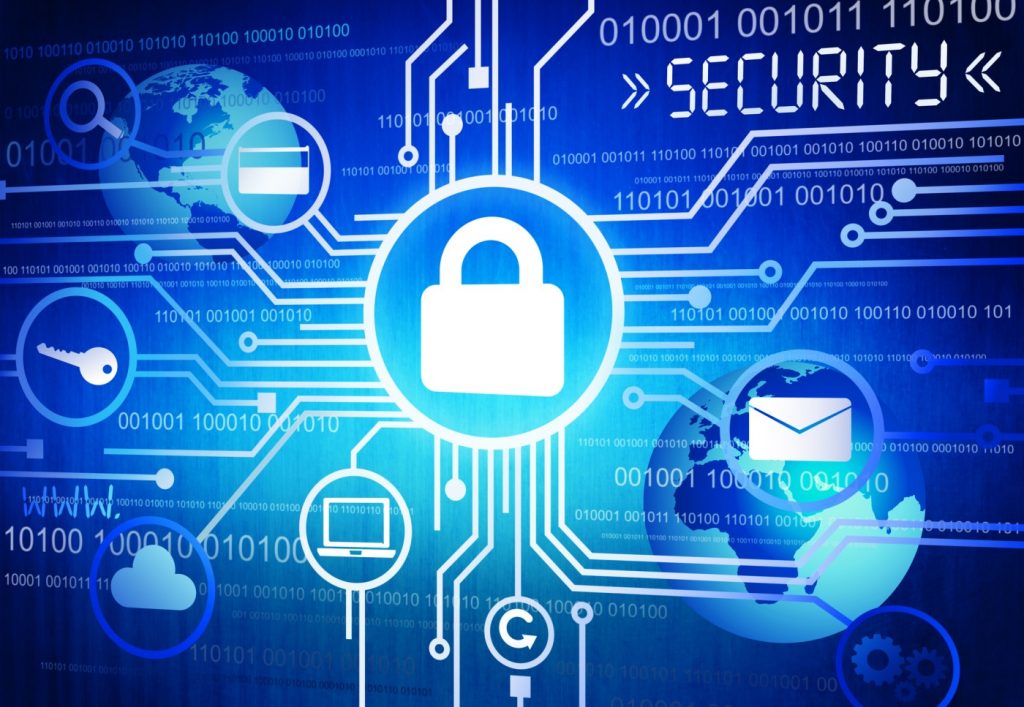- April 30, 2024
- Catagory Data Protection
How XDR Extends Your Security Capabilities
Endpoint detection and response (EDR) has evolved: extended detection and response (XDR) takes a more holistic, streamlined approach to threat detection and response.
XDR combines data ingestion, analysis, and prevention and remediation processes across your entire security stack, providing your IT teams with the necessary visibility to detect threats as well as automate workflows.

Eliminate Security Siloes
XDR pulls data from endpoints, cloud workloads, networks and email and then correlates and analyzes it using advanced automation and artificial intelligence (AI), which allows it to prioritize data and deliver insight through a single pane of glass.
Not only does XDR consolidate data from disparate sources, but it also coordinates siloed security tools so that your IT team doesn’t have to spread their attention across different consoles to conduct their security analysis, investigation and remediation.
XDR can help you reduce vendor sprawl while integrating the tools you do have to gain better visibility into your environment, whether it’s a private cloud or hybrid environment, including your public cloud instances. By coupling this integration with automation, XDR helps you respond faster to security incidents and effectively mitigate them to reduce the impact of any attack.
Like many security platforms, XDR can be purchased as a managed service, which opens access to expertise in threat hunting, intelligence, and analytics via a managed services provider.
Combine XDR with SIEM and SOAR
XDR doesn’t replace Security Information and Event Management (SIEM) or security orchestration, automation, and response (SOAR).
SIEM gives you a single, streamlined view of your data along with your operational capabilities and security at activities to you can better detect, investigate, and mitigate threats by ingesting as much data as possible. It gives you the ability to analyze data from network applications and hardware, and cloud and software-as-a-service (SaaS) solutions.
SOAR software manages threats and vulnerabilities, responds to security incidents, and automates security operations. The aim of SOAR is to collect as much data as possible and automate as much as possible by leveraging machine learning technology.
SIEM is primarily a log collection tool intended to support compliance, data storage and analysis –security analytics capabilities tend to be bolted on. SOAR incorporates orchestration, automation, and response capabilities to the SIEM and enables disparate security tools to coordinate with one another, but it doesn’t solve the big data analytics challenge, and it can’t protect data or systems on its own.
XDR fills the gap left by SIEM and SOAR by taking a different approach that’s based on endpoint data and optimization and applying advanced analysis capabilities that allow you to focus on high priority events and respond rapidly.
SIEM and SOAR are complementary and can’t be fully replaced by XDR. SIEM has other uses outside of threat detection, including compliance, log management and non-threat related data analysis and management. XDR can’t replace SOAR’s orchestration capabilities.
Assess, Protect and Respond
Adopting an XDR platform in combination with SIEM and SORA provides better threat visibility, optimizes and automates security operations, and enables your busy IT teams to focus strategic objectives rather than being bogged down by manual security tasks. A managed services provider can help you implement XDR along with SIEM and SOAR so you’re in a better position to assess and protect your data and respond quickly and effectively to cybersecurity threats.
- April 29, 2021
- Catagory remote work
5 Things You Can Do to Secure Remote Work Environments
If you’re looking for ways to secure remote work environments, there’s no shortage of dos and don’ts.
And while there’s always a danger of impeding employee productivity with cumbersome security, there are polices and procedures that balance threat protection with efficient business operations so that you can secure remote work environments without creating barriers to getting things done. Often, it’s just as much about how you implement security, not just what implement.

Encryption should be end to end
Security implementation should never be half-hearted, which is why bi-directional encryption of data and communications is an essential enabler of secure remote work environments. Ideally, you should embrace the cloud so you can leverage a web platform that is completely secure so it’s the primary means for remote employees to get their work done. You should also use strong VPN connections to secure remote work environments. All it takes is one vulnerable employee to be exploited by a threat actor to put your entire network at risk.
Secure all devices
Similarly, all workstations and devices accessing applications and data via your network must be fully secured without any workarounds—that includes the executive team. Giving one employee a pass to use a smartphone or laptop that doesn’t adhere to security policies and procedures is a data breach waiting to happen. Take advantage of tools that evaluate the vulnerability of all devices, and make sure all of them can be managed and updated from a central location by the IT team.
Contain any breaches
Because it only takes one device or one employee to open the door to the broader network, you need to secure remote work environments in such a way where access to a single workstation doesn’t lead to wider access to other systems. Your policies, procedures and chosen tools should mitigate against a domino effect where a single intrusion via one employee’s credentials or workstation can lead to threat actors taking down other systems or your entire network.
Clearly define security policies and communicate goals
Secure remote work environments are more likely to stay secure if you clearly outline security objectives and make it easy for employees to comply. Otherwise, they will find workarounds to make their lives easier, thereby making any security policies and procedures ineffective.
Put someone in charge
Even smaller organizations should designate someone to act as their Chief Information Security Officer (CISO), even if it’s not their only duties on the IT team. The organization will benefit from someone taking point on all things security, including the selection and implementation of tools, the development of policies and procedures, and being the point of contact for both employees and the executive team.
Even if you do have an IT team member who takes on responsibility for security, you may find there’s value in getting external support to help secure remote work environments. A Managed Security Services Provider can help you evaluate your current security posture, make recommendations, and help deploy the right tools, either on a project-by-project basis or through an ongoing partnership.




 Latest Blogs
Latest Blogs FAQ
FAQ